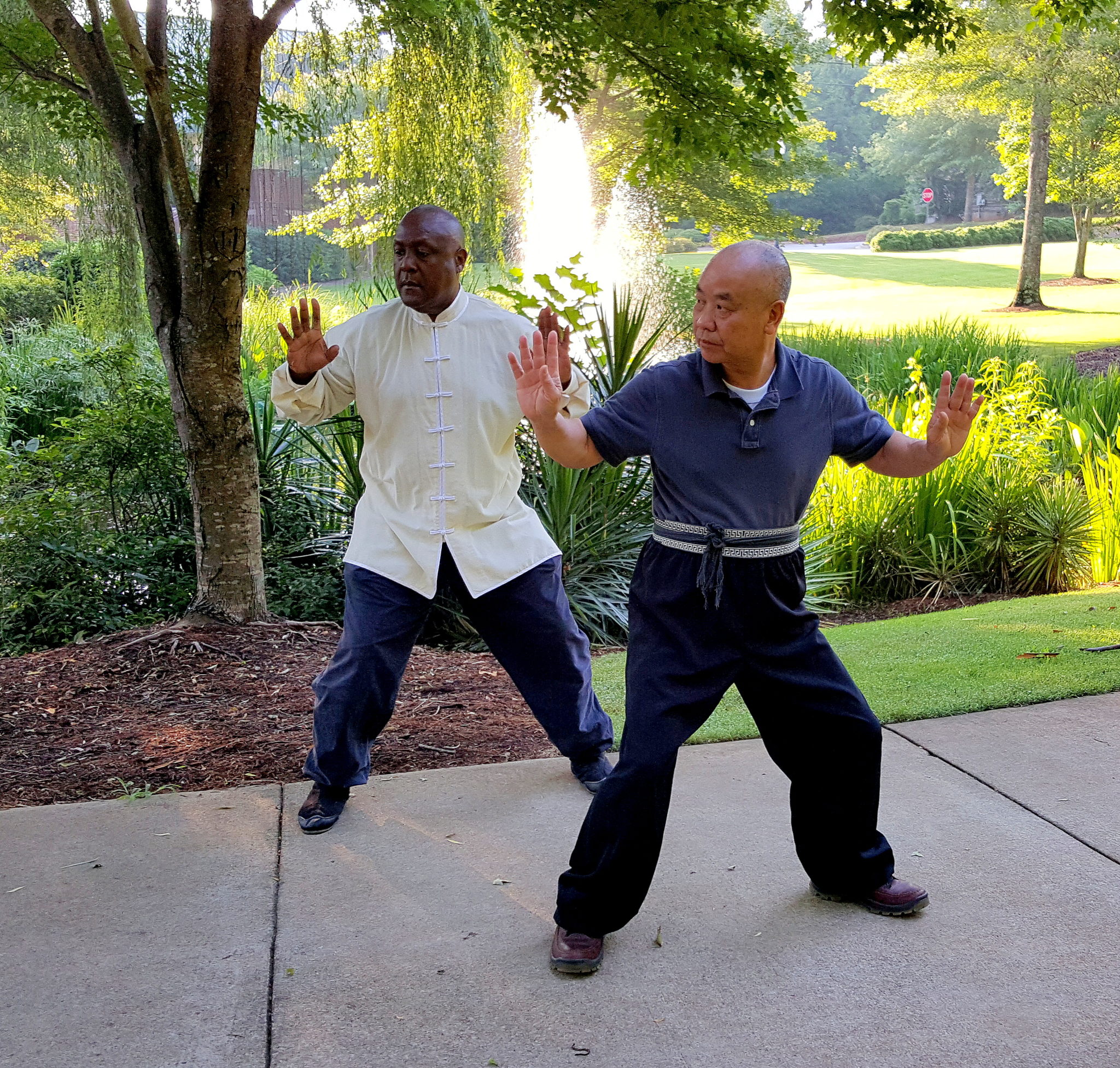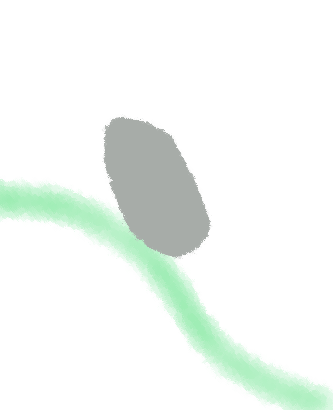“simple stone upon the hill ……teaching the art of being still”
…..author unknown
Recently, I came across a discussion on why Tai Chi Chuan is practiced slowly, and because this is an important issue, I wanted to offer my own perspective. To truly appreciate the benefits of Tai Chi Chuan, one has to understand that the purpose of practicing slowly encompasses several very important and critical factors. Factors which are necessarily in alignment with one’s purpose for learning the art, whether it be for health, martial training, spirituality, or simply for enjoyment. One of the main reasons for practicing slowly is to build a relationship between mind, body, and breath.
The practice of Tai Chi contains an abundance of proven benefits, which are hidden within Tai Chi until the practitioner begins to blossom mentally, physically, and spiritually, or has elevated his understanding of through training. There is an overlooked relationship between man and nature lieing within Tai Chi Chuan. Principles and strategies of Tai Chi, concepts, movements, and other unseen factors are borrowed from nature. They are found in clouds, water, air, movement, adaptability, softness and fluidity. Along with other aspects, they permeate the core of the soul of Tai Chi Chuan. It isn’t only one thing and isn’t many things …it just “Is.” This “Is” is what you require, or desire and the journey is individual.
One fundamental function of Tai Chi Chuan is to unite, or build, a relationship with your conscious awareness mind, as well as your subconscious unaware mind. The conscious mind helps you to develop a sense of connectivity with the physical, while the subconscious mind helps you to develop a relationship with the internal spirit, the mind and breath. Tai Chi Chuan is also referred to as “moving meditation” and the journey begins when you slow your movements and thoughts, and elevate your sensory awareness. The more you learn the more possibilities for growth exist.
Practicing the art slowly allows you to build a sensitive, and feeling relationship of Oneness, as well as individuality, with energy along the way. Muscles and neurons are stimulated and you are re-introduced to yourself at a new state of awareness. Existing in a state of substantial and insubstantial, Tai Chi Chuan is reflected through intention, which should be one with purpose. Purpose is the motivating factor for expression of your energies, state of mind, and being, degrees of Extreme Yang or Lesser Yin. Throughout the Tai Chi form there is a constant flux of movement of flowing and changing Yin and Yang energies. The form is housed within the mind of intention and permeates the body. Purpose is the fire that ignites intention. Intention of the mind (what you want to do), and heart intention (how to do it) find expression in movements and style.
The mastery of Tai Chi Chuan principles and traits govern the success of the practice. Through the qualities of shape, movement, and expression of form. You are evolving a perceptive relationship between stability and instability, hard and soft, and correct and incorrect actions.
Practicing Tai Chi Chuan slowly is akin to turning your body into a self-renewing generator that creates and reaps energy from the slow movements. Energy increases inside and releases outwardly. Energy is absorbed from the outside and regenerates the inside. The slower the body moves, the faster the energy within the body moves as muscular and energetic friction reduces. The Chi channels are stimulated and cleared, the Shen (spirit) is lifted, the Chi sinks (accumulates) in the Ocean of Chi (the Dantian), preparing them for what is to come or be. There is an elevation and stimulation of the nervous system, it strengthens the muscles, and heightens body unification as everything begins to relate harmoniously.
We practice Tai Chi Chuan slowly, so that we can
1. Connect our body to mother earth.
2. Connect your movement to continuity.
3. Connect your thoughts with intention.
4. Connect your spirit to your intent.
5. Connect your breath with the Tao.

